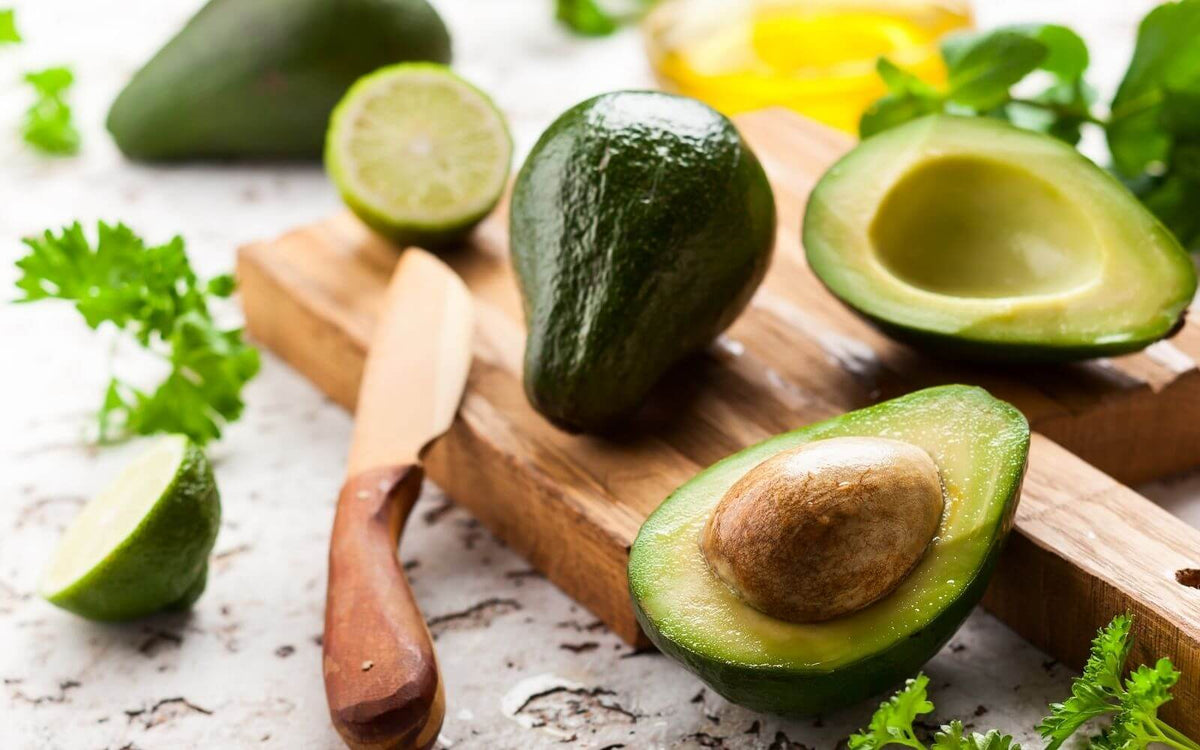Best Anti-Inflammatory Foods

Best Anti-Inflammatory Foods
Research shows that one of the best ways to reduce inflammation—which is linked to cancer, heart disease, diabetes, arthritis, depression, and Alzheimer’s—lies not in the pantry or the medicine cabinet, but rather in the refrigerator. By investing in anti-inflammatory foods you can fight off inflammation and feel better.
Inflammatory and Anti-Inflammatory Foods
What is an anti-inflammatory diet? What are the benefits and what are anti-inflammatory foods? Dr. Frank Hu, professor of nutrition and epidemiology in the Department of Nutrition at the Harvard School of Public Health says, “Many experimental studies have shown that components of foods and beverages may have anti-inflammatory effects.” Meaning:
- Choose the right anti-inflammatory foods and you may be able to reduce your risk of illness.
- Pick the wrong ones and you may accelerate the inflammatory process.
Of course, a little inflammation is beneficial, helping your body defend itself from infection and injury. However, there is a fine line where too much chronic inflammation can lead to weight gain and disease. Your immune system reacts when your body recognizes anything “foreign” (outside the body), such as an invading microbe, plant pollen, or chemical.
This is what we know as inflammation: Intermittent bouts are directed at threatening invaders to protect your health. When inflammation persists, on a continuous basis, however, when you are in fact, not threatened by a foreign invader, that is when inflammation can become your enemy.
How To Reduce Inflammation
If you want to reduce inflammation, increase the amount of anti-inflammatory foods you consume and decrease the amount of inflammatory foods in your diet. Focus on nutrient-dense foods that contain phytonutrients and antioxidants. Steer clear of processed foods. Antioxidants are molecules that fight free radicals in your body.
Free radicals are compounds that can cause harm if their levels become too high in your body. They’re linked to multiple illnesses, including diabetes, heart disease, and cancer. Your body does have its own antioxidant defenses to keep free radicals in check. However, antioxidants are also found in food, especially in fruits, vegetables, and other plant-based, whole foods. Several vitamins, such as vitamins E and C, are effective antioxidants.
Best Anti-Inflammatory Foods
An anti-inflammatory diet should include healthy fats—like fish, nuts, and olive oil, leafy greens, and fresh fruit such as strawberries, blueberries, cherries, and oranges. Below is a complete list of the best anti-inflammatory foods.
- Tomatoes
- Olive Oil
- Leafy green, such as kale, spinach, and collards
- Nuts like almonds and walnuts
- Fatty fish, including salmon, tuna, and sardines
- Fresh fruit such as strawberries, blueberries, cherries, and oranges
- Peppers: Bell and chili peppers
- Dark chocolate
- Green tea
Best Anti-Inflammatory Ingredients
- Curcumin
- Cinnamon
- Resveratrol (found in red wine and stem cell supplement Stemulife)
- Turmeric
- Ginger
What Foods Cause Inflammation?
There are many lifestyle factors that can increase inflammation. For example, consuming high amounts of sugar and high-fructose corn syrup is directly linked to an increased risk of chronic inflammation. Likewise, eating processed and packaged foods that contain trans fats has been shown to promote inflammation and damage the endothelial cells that line your arteries.
An inactive lifestyle that includes a lot of sitting is a major non-dietary factor can promote inflammation too. Below is our list of foods to avoid that cause inflammation.
- Sugary beverages
- Refined carbs: White bread, white pasta, etc.
- Desserts: Cookies, candy, cake, and ice cream
- Processed meat: Hot dogs, bologna, sausages, etc.
- Processed snack foods: Crackers, chips, and pretzels
- Certain oils: Processed seed and vegetable oils like soybean and corn oil
- Trans fats: Foods with partially hydrogenated ingredients
- Alcohol: Excessive alcohol consumption
Best Anti-Inflammatory Supplements

- Stemulife: Stem cell supplement Stemulife is formulated by doctors and stem cell scientists using clinically validated ingredients designed to activate your body’s own stem cells and increase healthy cell count. Stemulife has anti-inflammatory ingredients including curcumin, resveratrol, piperine, quercetin, and CoQ10.
- Curcumin
- Resveratrol
- Quercetin
- Fish oil
Benefits of An Anti-Inflammatory Diet
An anti-inflammatory diet, along with exercise and good sleep, may provide many benefits. This includes but is not limited to:
- Improvement in the symptoms of arthritis, inflammatory bowel syndrome, lupus, and other autoimmune disorders
- Decreased risk of heart disease, diabetes, obesity, cancer, depression, as well as other diseases
- Reduction in inflammatory markers in your blood
- Better blood sugar, cholesterol, and triglyceride levels
- Increase in energy levels and mood
- Feel and look better
Best Anti-Inflammatory Foods Recap
Research shows that one of the best ways to reduce inflammation lies not in the pantry or the medicine cabinet, but rather in the refrigerator.
Try incorporating foods like fatty fish, nuts, olive oil, fresh fruits and vegetables into your diet and eliminating foods such as processed foods and oils that promote inflammation.
There are many benefits associated with an anti-inflammatory diet. This includes decreased arthritic pain, more energy, better blood, cholesterol, and triglyceride levels, and most importantly you’ll look and feel better.
Leave a comment
Comments will be approved before showing up.
Also in Nutrition

The Benefits of Avocados

The Benefits of Green Tea








